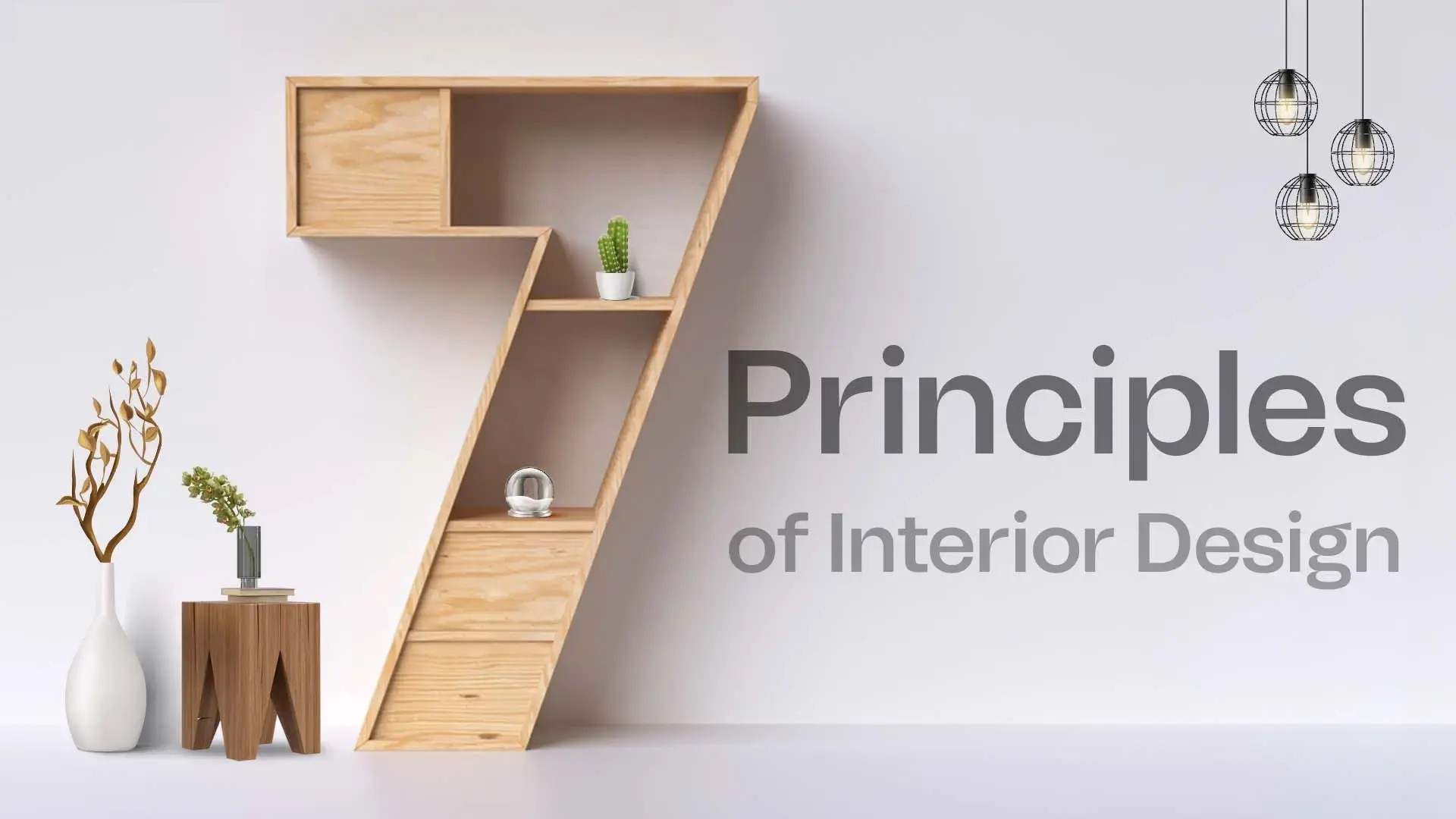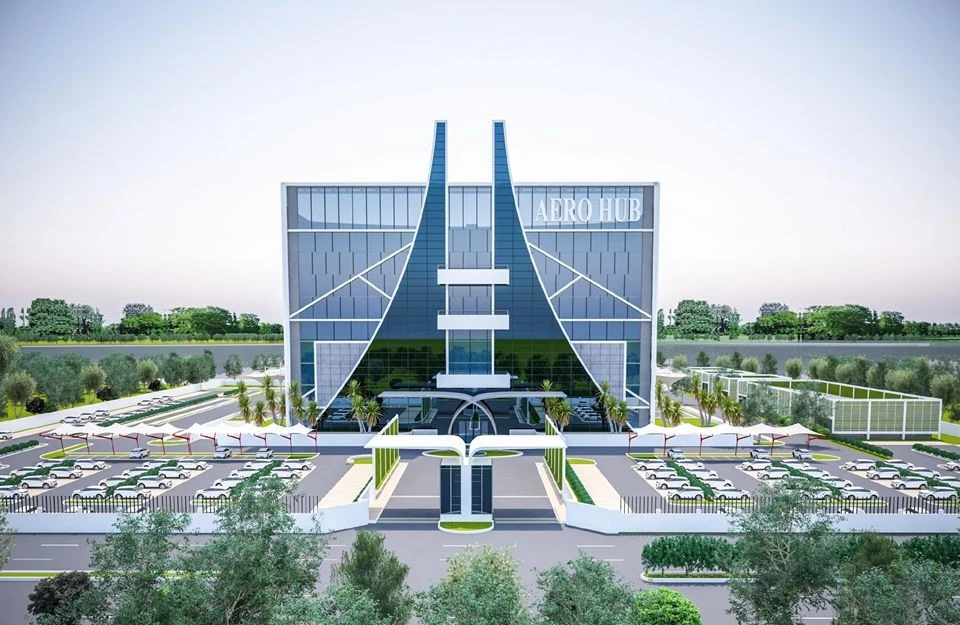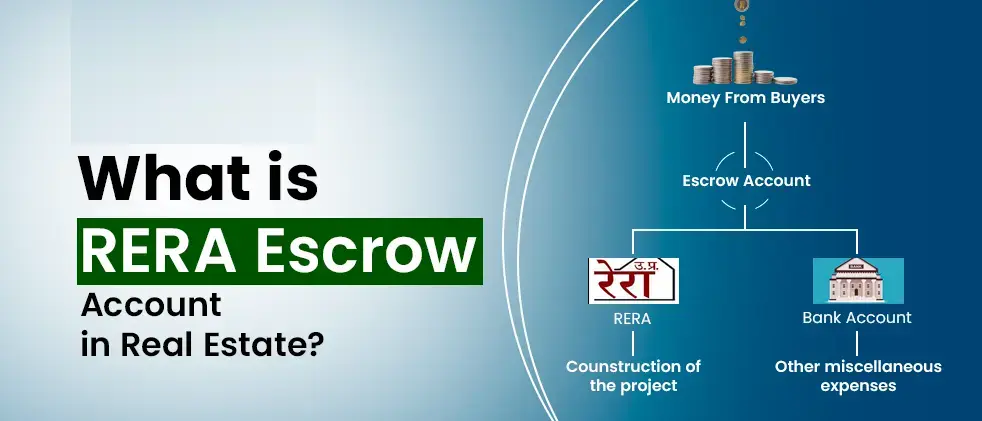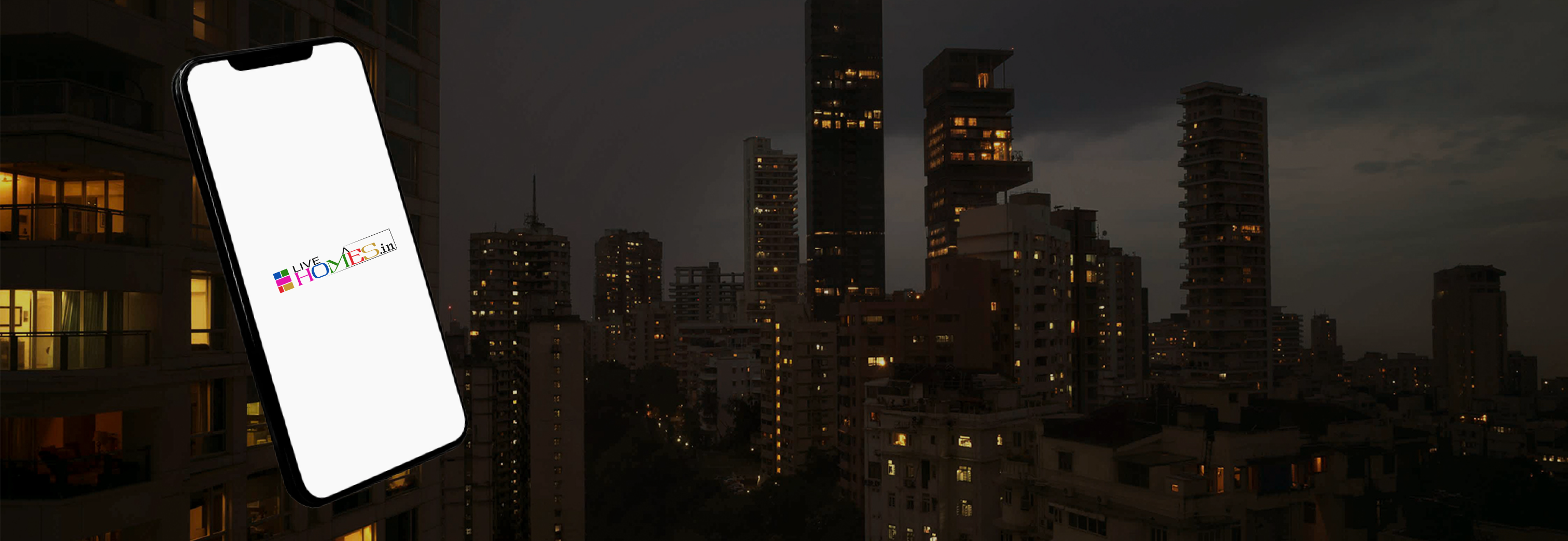1. Balance – Creating Visual Stability
Definition:
Balance refers to the distribution of visual weight within a space. It ensures that no part of the room feels too heavy or too light, creating a sense of equilibrium.
Types of Balance:
- Symmetrical Balance (Formal Balance)
- Elements are mirrored on either side of a central axis.
- Common in traditional interiors.
- Example: Matching sofas on either side of a coffee table.
- Asymmetrical Balance (Informal Balance)
- Different elements with equal visual weight are arranged non-uniformly.
- More modern and dynamic.
- Example: A large plant balancing a group of smaller objects on a shelf.
- Radial Balance
- Elements are arranged around a central point
- Example: Chairs around a round dining table or a spiral staircase.
Why It Matters:
A well-balanced room feels comfortable, organized, and calming. Poor balance can lead to a space feeling chaotic or empty.
2. Harmony and Unity – Creating Cohesion in a Space
Definition:
Harmony is achieved when all the elements in a space—colors, textures, shapes, and styles—work together in a unified way. Unity ensures that everything feels like it belongs to the same overall design.
- How to Create Harmony and Unity:
- Use a consistent color palette.
- Repeat textures, shapes, or materials.
- Ensure that furniture and decor follow a common style or theme.
Example:
In a Scandinavian-style living room, using soft neutral colors, natural wood, and minimalist decor throughout creates unity.
Why It Matters:
Without harmony, a room feels disconnected or jarring. With it, the space feels peaceful, intentional, and complete.
3. Rhythm – Guiding the Eye Through the Space
Definition:
Rhythm in interior design refers to creating a sense of movement and flow by repeating elements throughout a space. It helps the eye travel smoothly from one area to another.
- Techniques to Create Rhythm:
- Repetition: Repeat colors, patterns, shapes, or textures.
- Progression: Increase or decrease the size or intensity of a design element (e.g., a set of pendant lights in graduated sizes).
- Transition: Use curved lines or pathways to lead the eye gently.
- Alternation: A sequence that alternates elements (e.g., a striped pattern).
Example:
A hallway with repeating light fixtures and artwork at regular intervals creates rhythm.
Why It Matters:
Rhythm gives a space life and energy. It maintains visual interest without overwhelming the viewer.
Also Read: Different Types of Interior Style
4. Emphasis – Creating a Focal Point
Definition:
Every well-designed room needs a focal point—an area that draws attention and serves as the visual anchor for the space.
- Common Focal Points:
- A fireplace
- A bold piece of art
- An accent wall
- A statement piece of furniture
- A large window with a scenic view
How to Enhance Emphasis:
- Use contrast in color or shape.
- Highlight the focal point with lighting.
- Arrange furniture to direct attention toward it.
Why It Matters:
Emphasis brings order to a room. Without it, a space may feel scattered or lack direction.
5. Proportion and Scale – Maintaining Size Relationships
Definition:
- Proportion is the relationship between the size of parts of a whole.
- Scale refers to how the size of one object compares to another or to the room itself.
Examples:
- A small lamp on a large table looks out of scale.
- Oversized furniture in a tiny room feels cramped.
Tips to Get It Right:
- Choose furniture and decor that fits the room's dimensions.
- Consider human scale (ergonomics) for comfort.
- Group smaller items together to balance a larger piece.
Why It Matters:
Proper scale and proportion create comfort, functionality, and visual harmony. Mismatched sizes can make a room feel awkward or uncomfortable.
Also Read: Importance of Interior Designing for a Luxury Look
6. Contrast – Adding Visual Interest and Depth
Definition:
Contrast involves placing opposite elements together to highlight their differences and create visual intrigue.
Types of Contrast:
- Color: Light vs. dark (e.g., black and white).
- Shape: Curved vs. straight.
- Texture: Smooth vs. rough.
- Material: Matte vs. glossy surfaces.
How to Use Contrast Effectively:
- Limit contrast to key elements to avoid visual clutter.
- Pair bold contrasts with neutral backgrounds.
- Use contrast to emphasize important features or zones.
Example:
A dark accent wall behind a white sofa creates a striking contrast.
Why It Matters:
Contrast adds personality, drama, and excitement. It helps differentiate elements and enhances the visual hierarchy of a space.
7. Details – Perfecting the Finishing Touches
Definition:
Details refer to the small design elements that might be overlooked but are crucial to the finished look of a space.
Examples of Interior Design Details:
- Decorative stitching on cushions
- Unique cabinet handles
- Light switch designs
- Trim and molding styles
- Choice of curtain rods, tassels, or drawer pulls
Tips for Using Details:
- Stay consistent with your theme.
- Choose details that complement the major design elements.
- Don’t overcrowd with too many details; subtlety is key.
Why It Matters:
Details give a design its depth and character. They demonstrate care, professionalism, and polish, elevating a space from good to exceptional.
Concussion
The 7 principles of interior design are essential tools used to create spaces that are not only visually stunning but also functional, comfortable, and emotionally resonant. When these principles are thoughtfully applied:
- The space feels balanced and harmonious.
- The user experience is enhanced.
- The design has a clear identity and purpose.
https://www.livehomes.in/blogs













